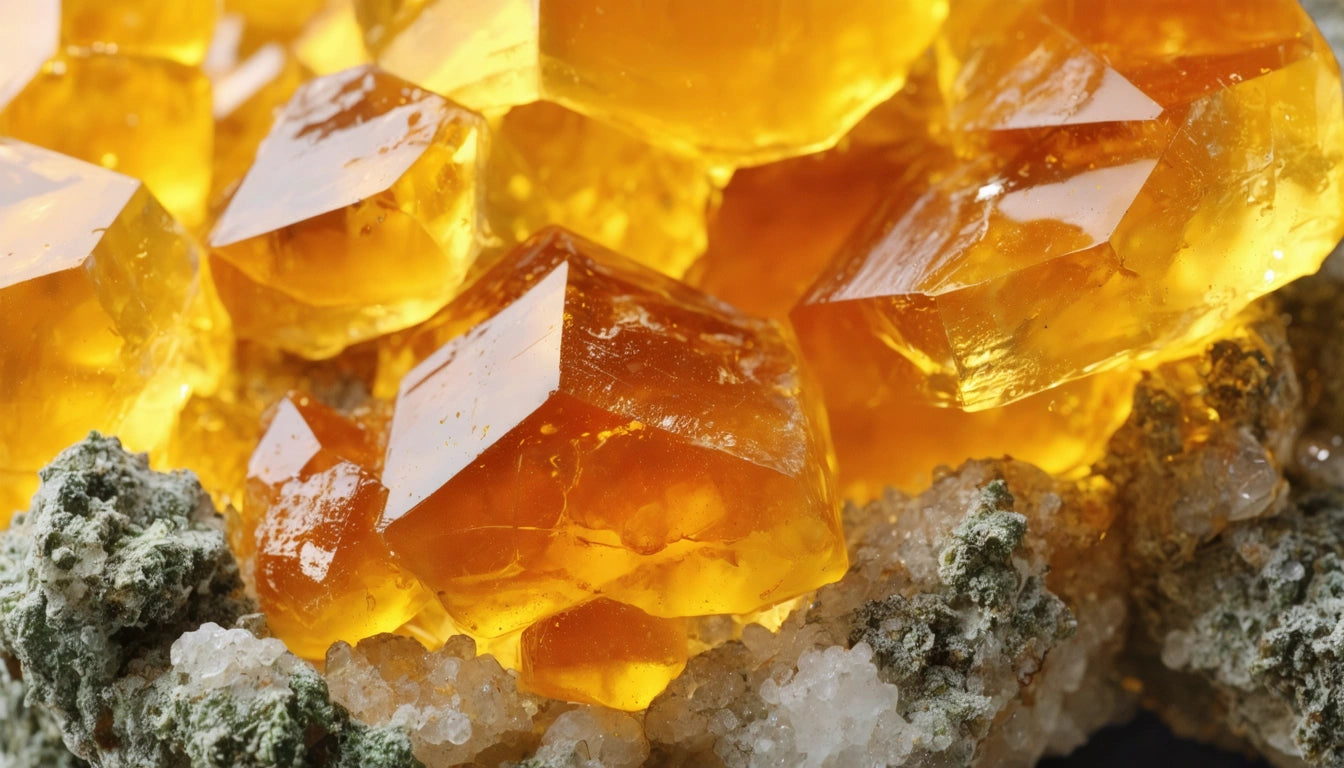Table of Contents
- Origins of Marijuana: Historical Background
- What Does Marijuana Look Like: Identifying Cannabis Plants
- Where is Marijuana Legal: Current Status in the US and Globally
- What is Medical Marijuana: Uses and Benefits
- Marijuana and Children: Safety Considerations and Legal Implications
- Future Considerations for Marijuana Regulation and Research
Understanding Marijuana: Origins, Legality, Usage, and Medical Benefits
Marijuana, also known as cannabis, has become a significant topic in healthcare, policy, and cultural discussions. As legalization expands across the United States and globally, understanding what marijuana is, where it comes from, its legal status, and its medical applications becomes increasingly important for consumers, healthcare providers, and policymakers.
Origins of Marijuana: Historical Background
Marijuana has a rich history dating back thousands of years. Cannabis originated in Central Asia, particularly in regions that are now part of modern-day China and India. Historical records indicate that cannabis was cultivated for fiber, food, religious ceremonies, and medicinal purposes as early as 5000 BCE.
The plant spread throughout Asia, Africa, Europe, and eventually to the Americas. Cannabis arrived in North America in the early 1600s as hemp, valued for its industrial applications. The psychoactive use of marijuana became more prevalent in the United States during the early 20th century, leading to its eventual prohibition in 1937 with the Marijuana Tax Act.
What Does Marijuana Look Like: Identifying Cannabis Plants
Cannabis is a distinctive plant with several recognizable features:
- Leaves: The iconic marijuana leaf has serrated edges and typically features 5-7 finger-like leaflets arranged in a fan pattern
- Flowers (buds): The consumable part of female plants, appearing as dense, sticky clusters covered in resinous trichomes
- Colors: Ranging from bright green to deep purple, depending on the strain and growing conditions
- Height: Plants can grow from 2-20 feet tall, depending on the variety and growing environment
- Aroma: Distinctive smell often described as skunky, earthy, or sweet, varying by strain
As explored in this cannabis plant basics guide, different strains can vary significantly in appearance, potency, and effects, with three main categories: indica, sativa, and hybrid varieties.
Where is Marijuana Legal: Current Status in the US and Globally
United States Legality
The legal status of marijuana in the United States varies significantly by state:
Recreational use is currently legal in approximately 24 states, including California, Colorado, New York, and Michigan. This comprehensive state-by-state guide provides details on where marijuana is legal and illegal.
Medical marijuana has gained broader acceptance, with over 38 states having established medical cannabis programs. Medical marijuana legalization continues to expand as research supports its therapeutic applications.
It's important to note that marijuana remains classified as a Schedule I controlled substance at the federal level, creating a complex legal landscape where state and federal laws often conflict.
Global Legality
Internationally, marijuana legality varies widely. Countries like Canada, Uruguay, and Malta have fully legalized recreational cannabis, while others have decriminalized possession or permitted medical use. This global guide to marijuana legalization offers a comprehensive overview of international cannabis laws.
What is Medical Marijuana: Uses and Benefits
Medical marijuana refers to using the cannabis plant or its extracts to treat symptoms of illness and other conditions. The plant contains over 100 cannabinoids, with THC (tetrahydrocannabinol) and CBD (cannabidiol) being the most well-studied.
Medical marijuana benefits include:
- Pain management for chronic conditions
- Reduction of nausea and vomiting during chemotherapy
- Improvement in muscle spasticity for multiple sclerosis patients
- Appetite stimulation for patients with HIV/AIDS or cancer
- Potential treatment for epilepsy and seizure disorders
- Management of anxiety, PTSD, and certain mental health conditions
Medical marijuana is typically prescribed by healthcare providers in states where it's legal, and patients must qualify under specific conditions recognized by state programs.
Marijuana and Children: Safety Considerations and Legal Implications
The question of whether it's legal to possess or use marijuana around children is complex and depends on several factors:
Even in states where recreational marijuana is legal, there are often restrictions on using it in the presence of minors. Many states prohibit smoking marijuana in vehicles with children present, similar to tobacco smoking laws.
Child welfare laws may consider marijuana exposure as a factor in child endangerment cases, even in legal states. The presence of marijuana in a home with children raises important safety considerations, particularly regarding accidental ingestion.
According to safety regulations for controlled substances, proper storage and child-resistant packaging are essential for preventing accidental exposure. These protective measures are particularly important for edible products, which may be attractive to children due to their appearance.
Parents and caregivers in states with legal marijuana should treat cannabis products like other potentially harmful substances: stored securely, kept in original child-resistant packaging, and used responsibly away from children.
Future Considerations for Marijuana Regulation and Research
As marijuana legalization continues to expand, several important considerations will shape its future:
Ongoing research into the long-term effects of marijuana use will inform both medical applications and public health policies. The development of standardized dosing and administration methods will improve the therapeutic precision of medical marijuana.
Regulatory frameworks will likely evolve to address concerns about potency, product safety, and marketing restrictions. Public education about responsible use, potential risks, and legal boundaries will become increasingly important.
The intersection of state and federal laws will need resolution for issues like banking, interstate commerce, and research funding. As more data becomes available, both the benefits and risks of marijuana will be better understood, allowing for more informed personal and policy decisions.
Understanding marijuana's origins, appearance, legal status, medical applications, and safety considerations provides a foundation for navigating this rapidly evolving landscape responsibly and knowledgeably.











Leave a comment
All comments are moderated before being published.
This site is protected by hCaptcha and the hCaptcha Privacy Policy and Terms of Service apply.